appendix-b
Appendix B. Solutions
B.1 Chapter 1
- For the diamond, if we start on the left hand side, we have (2, 10)—(10, 18)—(18, 10)—(10, 2)—(2, 10). For the star, if we start at the bottom left point, we have (3, 3)—(10, 19)—(17, 3)—(1, 13)—(19, 13)—(3, 3).
- We see a crude representation of the letter E and the Maltese cross.
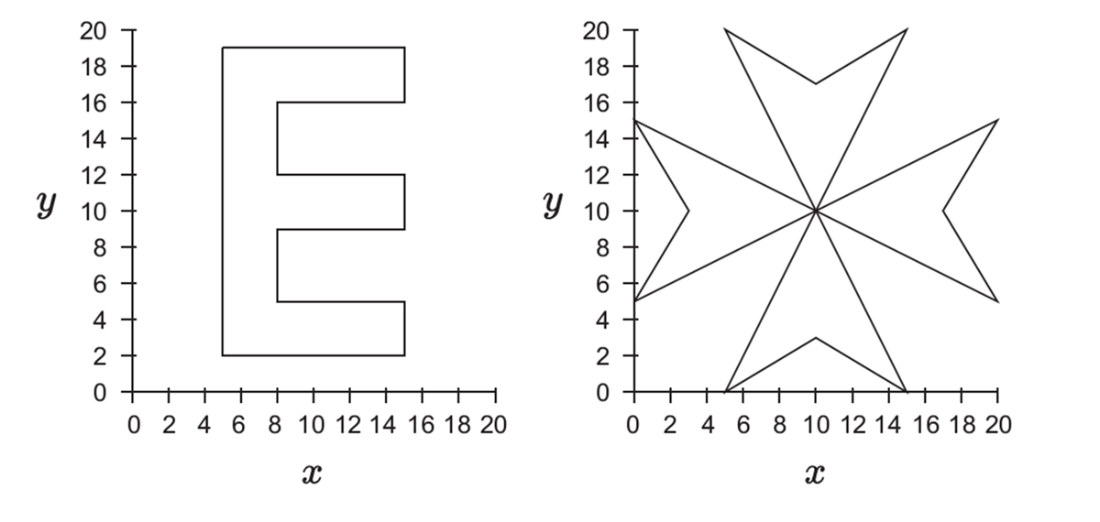
- For example:
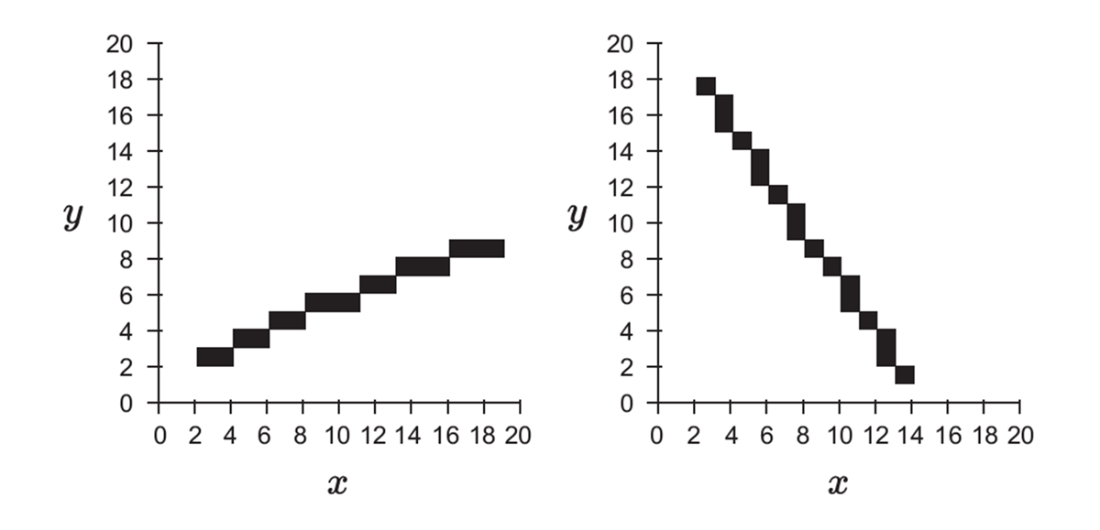
- For example:
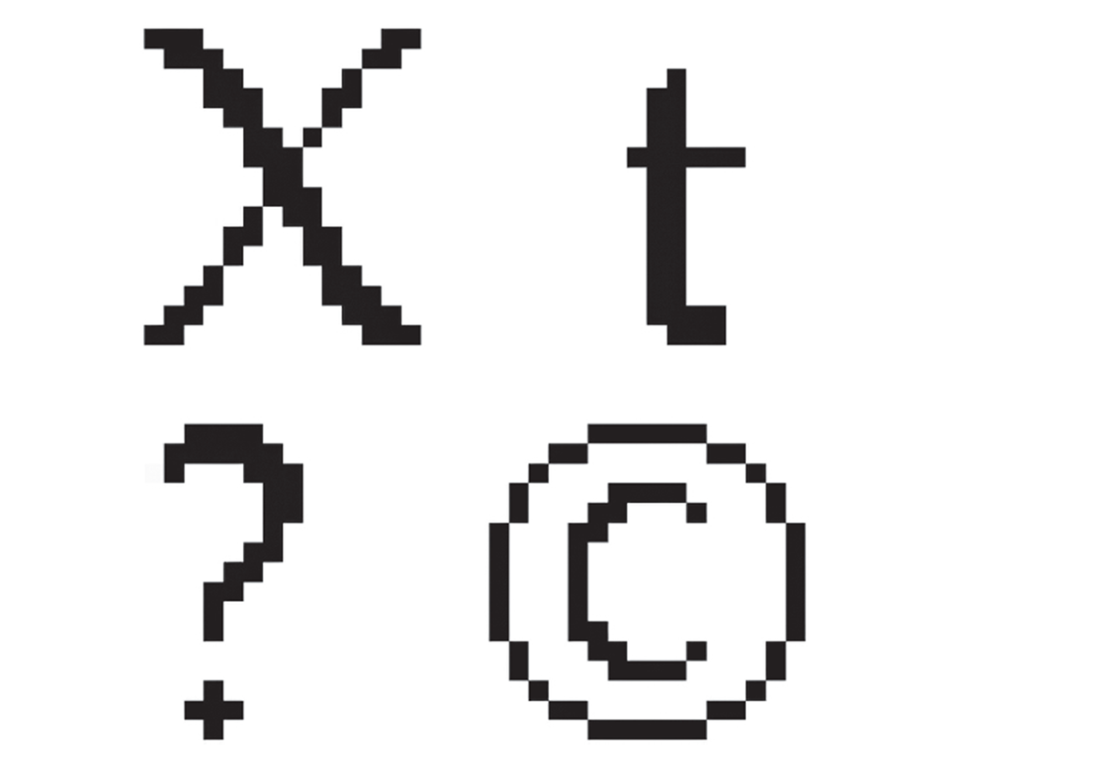
B.2 Chapter 2
- We assign the letters ABCD as in the chapter text:
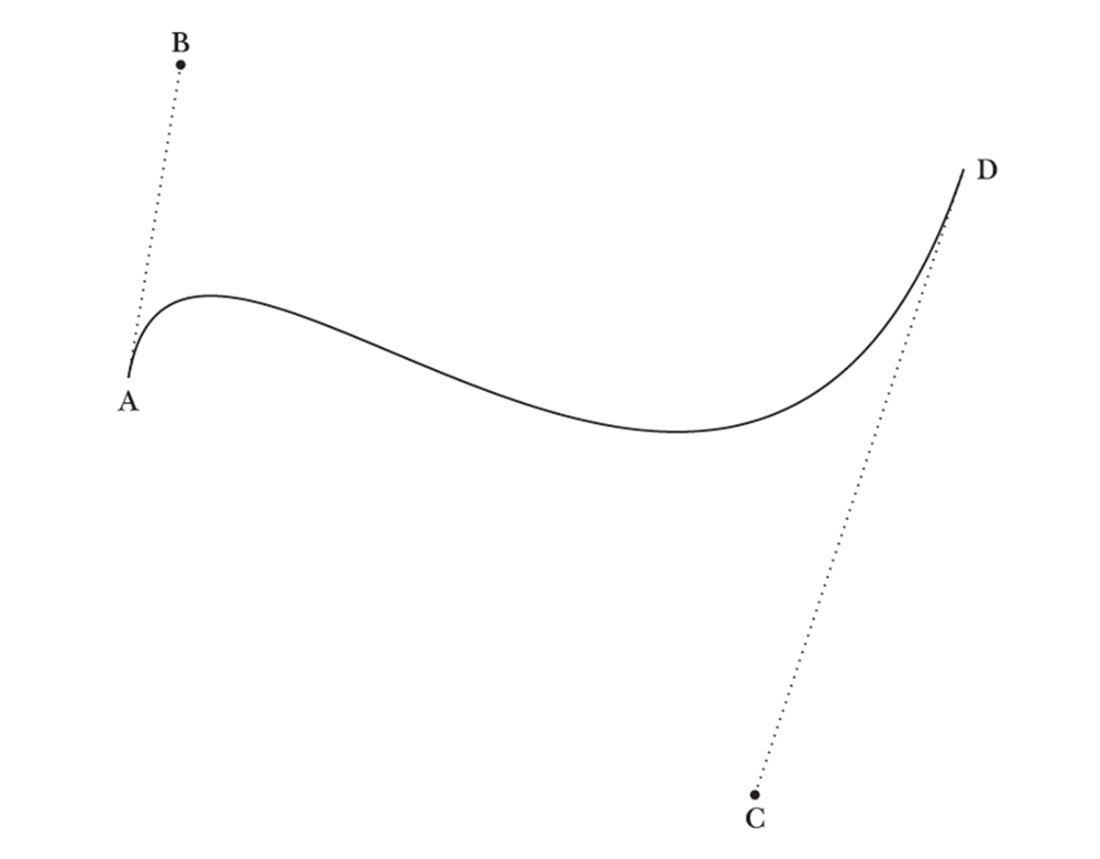
- Now, we continue the construction as before, making sure we are not confused by the fact that the line BC now crosses the curve:
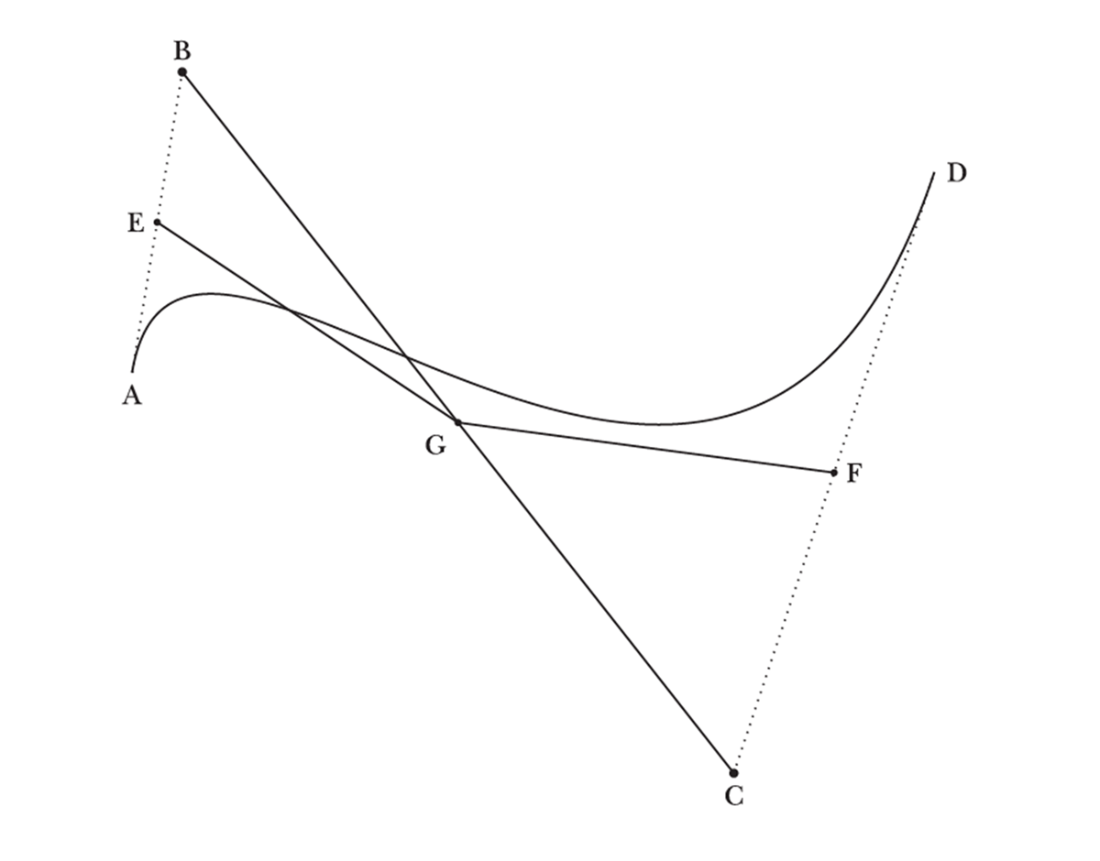
- Finally, we finish the construction all the way to J, so our diagram looks like this:
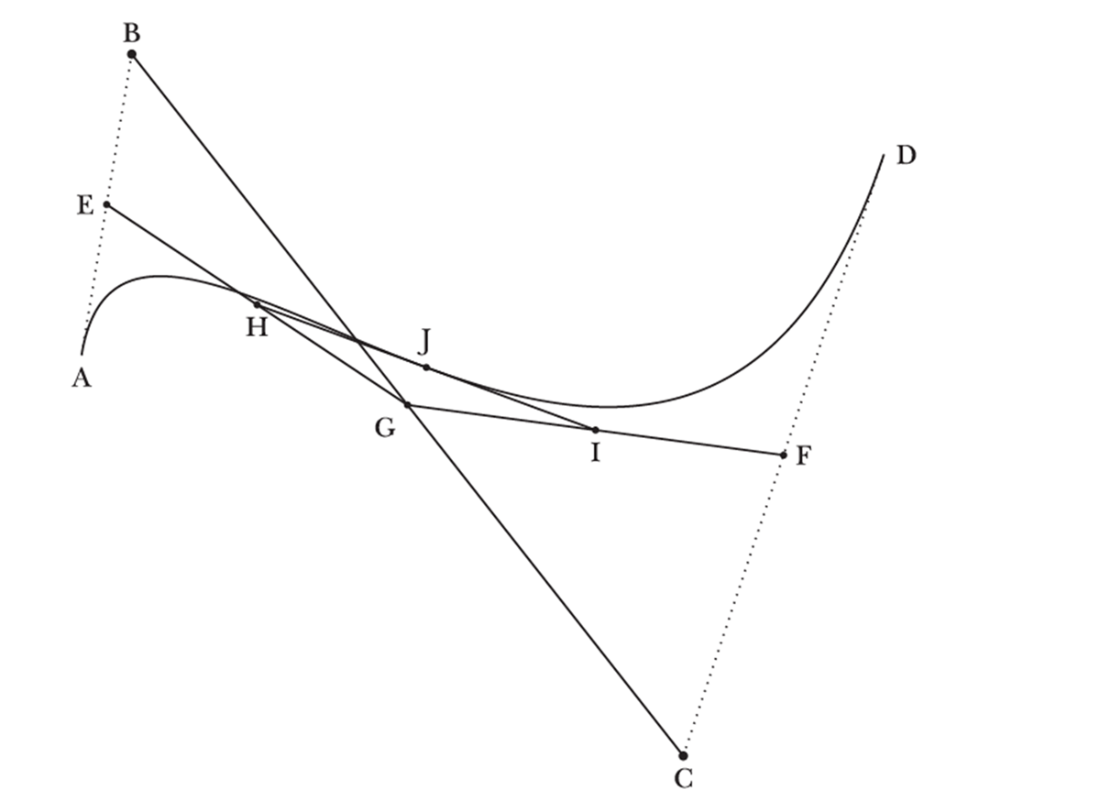
- So we have the new Bézier curves AEHJ and JIFD as before:
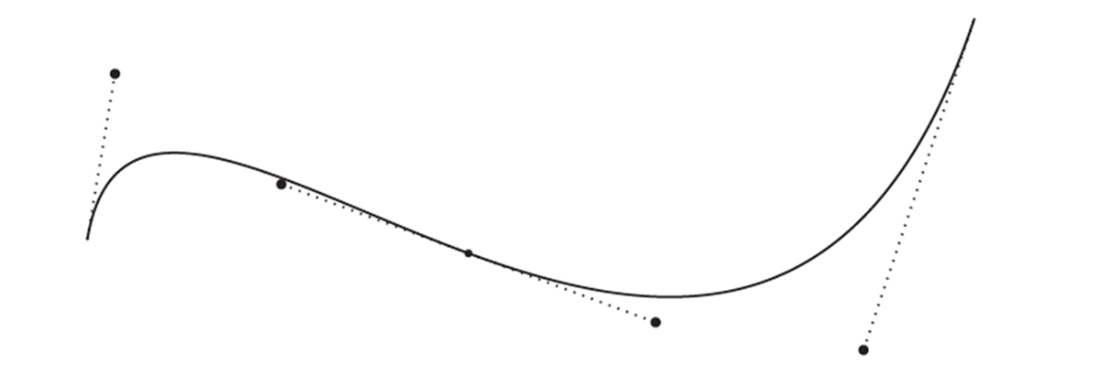
- With the even–odd rule:

- With the nonzero rule:

B.3 Chapter 3
- 32-11-42-54-23-11-14-11-31-24-44-44-31-15-31-11-32-12. There are 18 characters in the message and so 36 numbers to transmit (although in Polybius’s system of torches, these would be done two at a time, so just 18 distinct actions). We might use Z for the space character since it doesn’t appear often in normal text. We could use ZZZ for end of message.
- We have 32 rows:
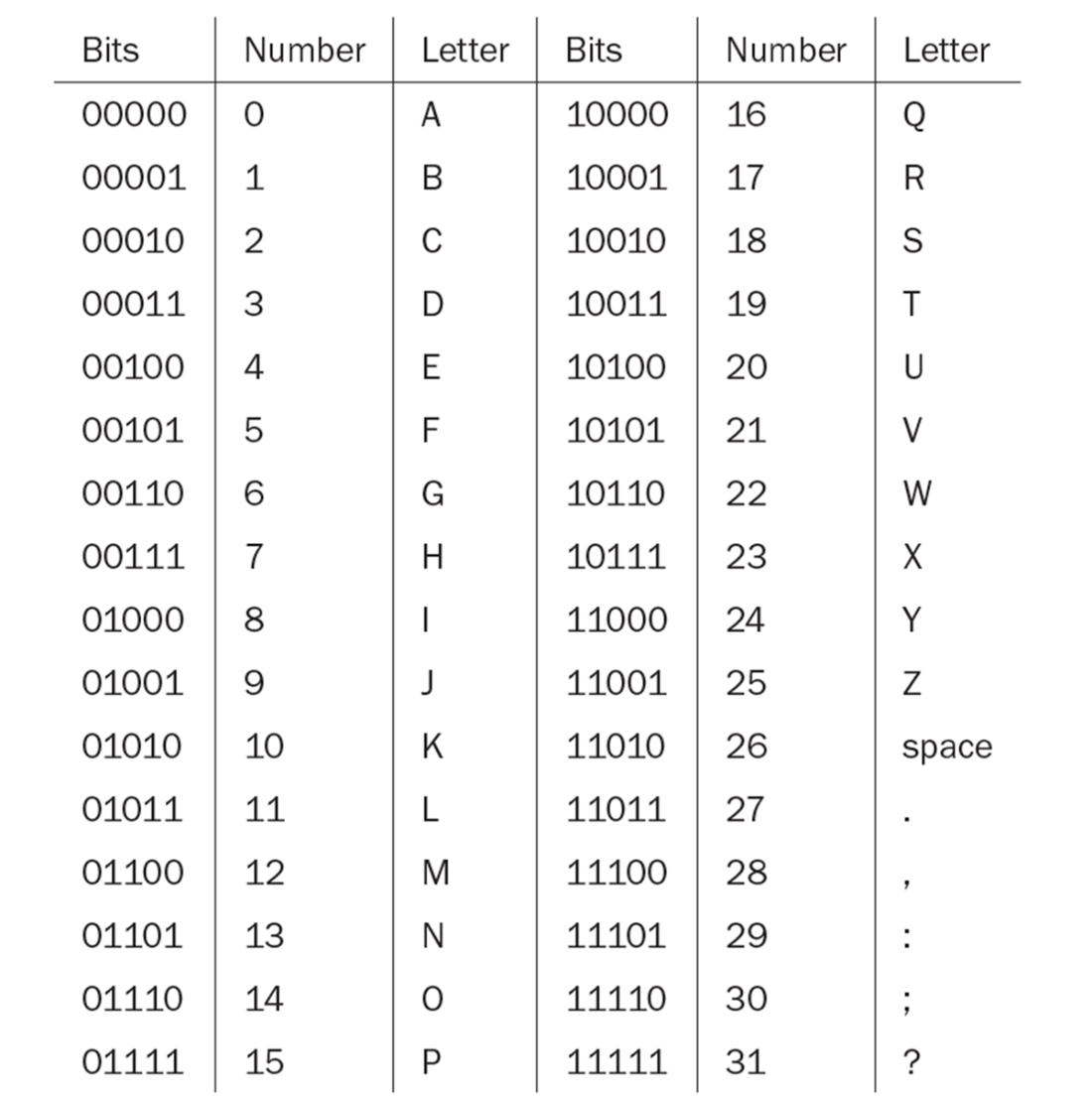
- Here, we choose the capital letters and the punctuation space . , : ; ? and hope this covers most useful messages.